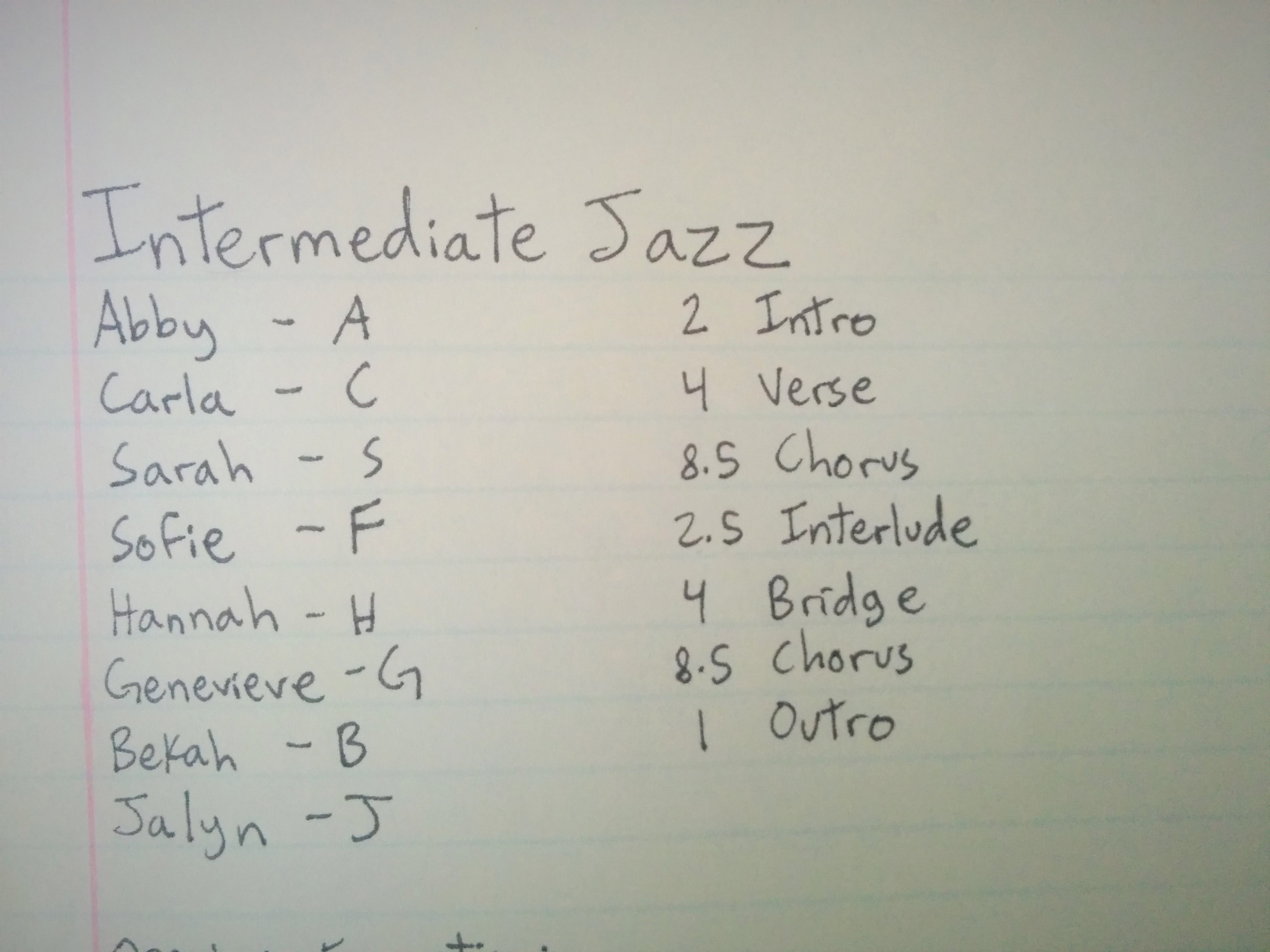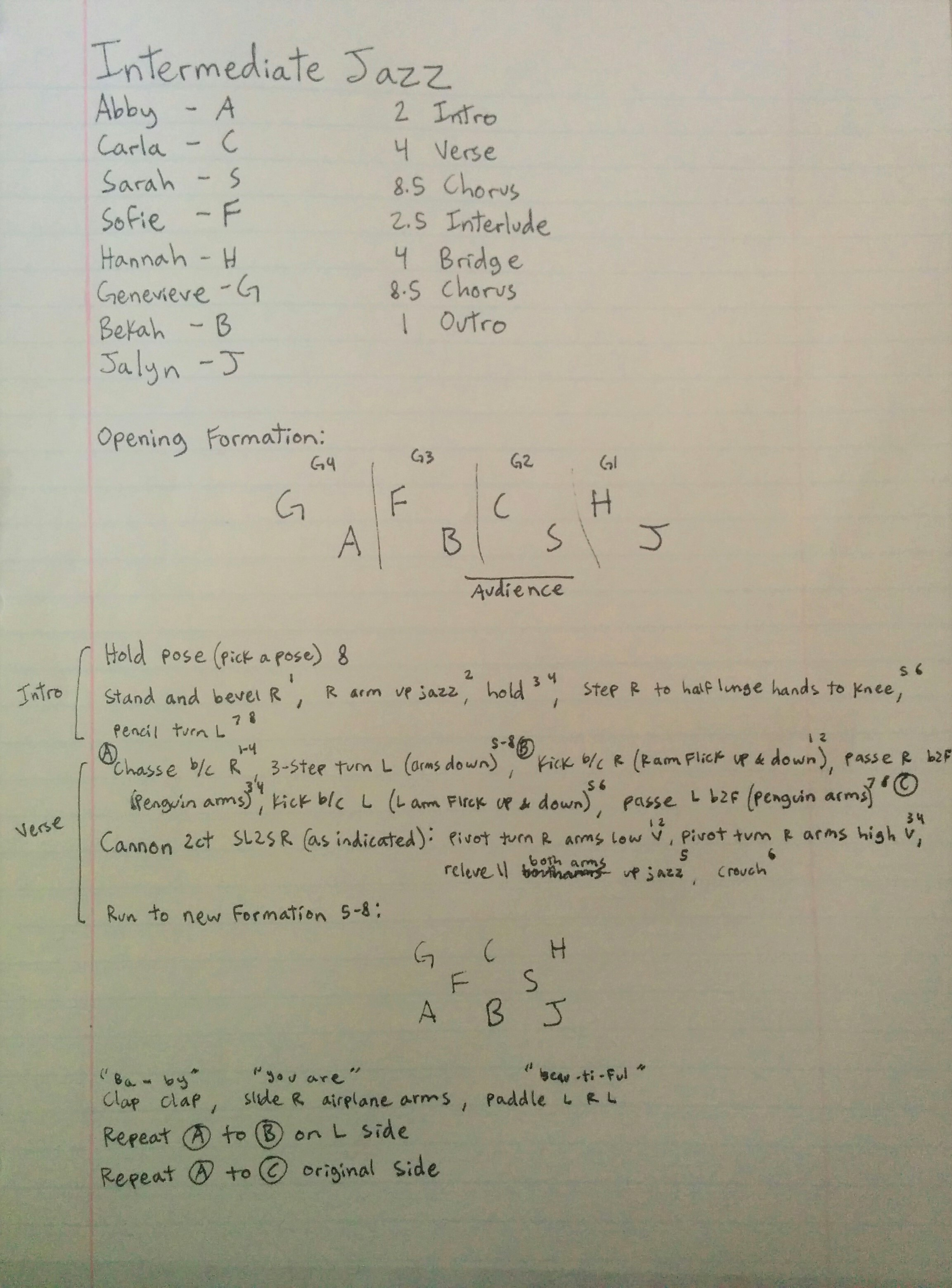Every choreographer develops unique methods to preserve and recall their creative movement sequences. While some rely on memory alone, others use video recordings, or even depend on their dancers’ recall. Forgetting choreography, especially your own, is a common experience in the dance world and doesn’t reflect negatively on a choreographer’s skills or dedication. A choreographer’s primary focus is often on refining the dance’s overall impact, sometimes overshadowing step-by-step memorization, which is more crucial for performers.
Ultimately, dancers are responsible for internalizing the choreography and its nuances, guided by the choreographer’s vision. However, in various teaching scenarios, particularly with younger or less experienced dancers, relying solely on memory can be insufficient. Consistent re-teaching and active guidance are often necessary. The scenario of a choreographer struggling to remember their own steps while teaching children highlights the need for reliable methods to document Dance Choreography.
Experiencing memory lapses while demonstrating steps to students can be frustrating. To mitigate this and enhance teaching effectiveness, a structured approach to writing down dance choreography can be invaluable. This method offers several advantages:
- Streamlined Lesson Planning: Choreograph entire routines in advance and refer to your notes for structured, week-by-week lesson plans. This systematic approach to dance choreography ensures organized teaching sessions.
- Efficient Conflict Resolution: Resolve dancers’ disagreements about counts or positions by simply consulting your written dance choreography notes, providing a definitive reference point.
- Reliable Alternative to Technology: Avoid the technical hassles of video recording in class. Setting up equipment, potential malfunctions, and time spent reviewing videos can be cumbersome compared to quickly referencing written notes for dance choreography details.
- Long-Term Choreography Archive: Build a personal library of dance choreography across various projects. Revisit and adapt past creations, saving time and sparking new ideas for future routines. Repurposing elements of older dance choreography can be more efficient than starting from scratch.
Whether or not to document your dance choreography is a matter of personal preference and teaching style. The method described below is designed for choreographers who plan their routines in advance, rather than improvising in real-time during class. For spontaneous choreographers who desire documentation, video recording followed by notation after class might be a more suitable approach. If a structured system for writing down dance choreography aligns with your needs, continue reading to explore a practical method.
Abbreviations for Dance Choreography Notation
Efficiency is key when documenting dance choreography. Using abbreviations significantly speeds up the process. A personalized shorthand system can capture complex movements concisely. Here’s a helpful chart of common abbreviations:
- SR – Stage Right
- SL – Stage Left
- US – Upstage
- DS – Downstage
- USL/USR – Upstage Left/Right
- DSL/DSR – Downstage Left/Right
- C2, C4, C6, C8 – Vaganova method “Corner 2,” “Corner 4,” etc. (Stage corners from the Vaganova ballet method, useful for spatial notation in dance choreography)
- G1, G2, etc. – Group 1, Group 2, etc. (For dividing dancers into groups within the dance choreography)
- L1, L2, etc. – Line 1, Line 2, etc. (For formations in lines in dance choreography)
- b/w – Between
- b4 – Before
- tog – Together
- w/ – With
- w/o – Without
- b/c – Ball Change (A common dance step often used in dance choreography)
- 2 – To
- ct – Count
- || – Parallel (Indicates parallel foot position, relevant in various dance choreography styles)
- PDB – Pas de bouree or port des bras depending on context (Context-dependent ballet term, adaptable for dance choreography notation)
- RDJ – Rond de jambe (Ballet term for leg circle, useful in diverse dance choreography)
- EDH/EDD – en dehors/en dedans (Ballet terms for outward/inward, useful for direction in dance choreography)
- R arm/R leg – Right arm/Right leg
- L arm / L leg – Left arm / Left leg
- FSB – Front, Side, Back (Directions of movement, applicable across dance choreography genres)
- FL/BL – Front Leg/Back Leg
- USL/DSL can also be used for “Upstage leg” and “Downstage leg”
For example, “L1 go SR2SL, L2 go SL2SR” translates to “Line 1 moves from Stage Right to Stage Left, Line 2 moves from Stage Left to Stage Right.” This abbreviated language is fundamental to efficient dance choreography documentation.
Mapping Formations and Groups in Dance Choreography
The initial step in notating dance choreography is assigning a single-letter abbreviation to each dancer. Use the first letter of their first name when possible, resolving duplicates with unique identifiers, such as a distinctive last initial or middle name letter. For instance, with two dancers named Abby and Ashlin, one could be “A” and the other “Y” (if Ashlin’s last name starts with Y) or “B” and “A.” Single-letter abbreviations provide visual clarity and consistency in formation diagrams for dance choreography.
 Paper with writing. Includes names with their single-letter abbreviations as well as a map of the music.
Paper with writing. Includes names with their single-letter abbreviations as well as a map of the music.
Begin your notation by listing each dancer’s name alongside their assigned abbreviation. Then, listen to the music and map out the musical structure, noting the number of 8-counts in each section. In the example image, “8.5” indicates 8 and a half eight-counts in the chorus (68 counts total). This musical roadmap is crucial for structuring your dance choreography.
Throughout your dance choreography notation, indicate formation changes. Include arrows to represent movement paths within formations. Always clearly mark the audience-facing direction and maintain consistency. Your formation sketches also serve as a place to pre-plan group divisions, even if they occur later in the dance. In the example, a cannon is indicated after a unison phrase, simply noted as “Cannon SL2SR as indicated,” avoiding redrawing the entire formation. (Click on the image to enlarge and examine the handwriting for a detailed example of dance choreography notation.)
Notating Dance Steps: A Choreographer’s Shorthand
Dance step notation has historically been a complex challenge. While various systems exist, a universally accepted method remains elusive. Ballet, with its codified vocabulary, lends itself more readily to notation. However, modern, jazz, and other dance forms often incorporate movements without standardized names. Many instructors verbally describe movements, which can be ambiguous when written down.
To address this in dance choreography notation, assign names to recurring movements within your personal style. Consistency in terminology is key. Drawing from show choir dance choreography, hand positions can be clearly defined: Jazz hand, blades (fingers together), fists, and neutral.
Similarly, create names for common arm positions. “Suspenders,” for example, could describe both hands near shoulders with elbows out. This can be further specified with hand variations: “suspenders with jazz hands,” “suspenders with fists,” etc., or modified to “half suspenders” for single-arm positions. Develop a personalized lexicon of descriptive and memorable names like “coffin,” “Captain America,” “tabletop,” “shampoo,” or “jungle.” Unique, even whimsical names aid recall and personalize your dance choreography notation.
Prioritize brevity in your notation. Utilize ballet terminology where applicable, regardless of the dance genre. Terms like “|| assemble” (parallel assemble) succinctly describe basic locomotor movements. Ballet terms also offer precise spatial descriptors like “croise” (crossed). This blend of established and personalized terminology creates an efficient notation system for dance choreography.
Integrating Counts and Lyrics into Choreography Notes
In the provided example, commas delineate individual movements within the dance choreography notation. The entry “step R to half lunge hands to knee, 5 6” signifies a simultaneous step into a half lunge with the right leg while bringing hands to the knee, executed over two counts (5 and 6). A comma after “step R to half lunge” would indicate that the hand movement occurs after the lunge. Everything enclosed between commas is performed concurrently, streamlining the notation of synchronized actions in dance choreography.
Alternatively, notating movements in relation to song lyrics can be more intuitive in certain musical dance choreography. Lyrics are written above the corresponding steps, with hyphens separating syllables for precise timing.
 Paper with writing.
Paper with writing.
Documenting Repeats and Cannons in Dance Choreography
To minimize redundancy in dance choreography notation, use shorthand for repeats. For immediate repetitions, square brackets are effective:
[Tendu, close, tendu, close, degage, pique, pique, close plie] en crois (This indicates a sequence of ballet steps repeated in a cross pattern, common in dance choreography)
[pdb R, pdb L, single pirouette edh, step R L] 3x (This denotes a sequence of Pas de bourree right, Pas de bourree left, single pirouette en dehors, step right left, repeated three times in the dance choreography)
For repetitions of earlier sections, designate starting and ending points with letters (A, B, etc.). Then, simply write “Repeat A to B” to indicate the repeated section in your dance choreography notation.
 Paper with writing.
Paper with writing.
These techniques form the foundation of a personalized dance choreography notation system. Remember, this system is designed for individual use, not universal interpretation. The goal is to create a tangible record of your dance choreography that is clear and understandable to you, even years later. While a universal dance choreography notation system akin to musical notation would be ideal, a personalized method allows choreographers to effectively preserve their unique creative work.
Adapt this method to your specific needs and begin documenting your dance choreography in a lasting format. For further clarification or specific questions, please leave comments below!
For your reference, here is the complete example page: (This is a fictional dance choreography example created for this blog post, using invented song lyrics.)
 Paper with writing. Includes the whole paper with the notated dance.
Paper with writing. Includes the whole paper with the notated dance.
